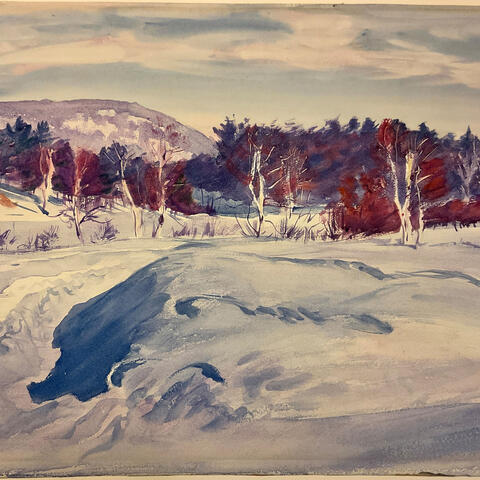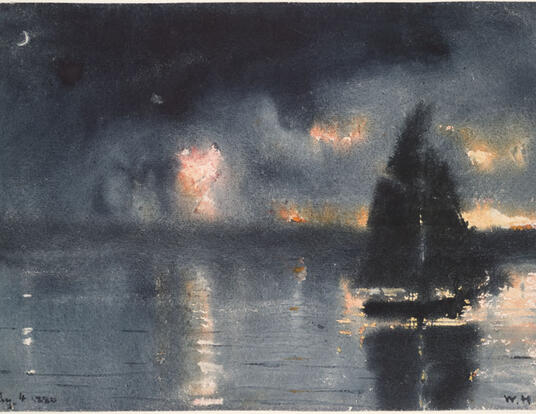Creative Writing Tools for Academics
Notes from a Writer's Desk

Writing a grant proposal or a personal statement can feel worlds away from creative. But applying principles from good fiction writing can draw readers in, keep their attention, and make your pieces stand out. As a scientist and sci-fi author, I’m always thinking about crossover between disciplines. Here are some tools from creative writing that can improve your academic writing.
Build Tension
The author of your favorite page-turner knew exactly how to make you keep reading: they posed a question and raised the stakes for finding the answer. In a whodunnit, readers are curious about who the murderer is and why they did it, and they feel anxious that the detective must solve the crime—or else. Present your research questions similarly. What are the unanswered questions in your subfield? Why should we care, and why now?
In a paper or dissertation, keep the question-and-answer dynamic going until the end to hold onto people’s attention. (For example, a scientific paper might present experiments by saying what in the previous experiments was unsatisfying or what new questions the results posed, introducing a new experiment, and then presenting the results from that experiment.) In a proposal, make readers feel they have to know what the answers are, even though you don’t have them yet.
“Show, Don’t Tell”
This advice shows up in every intro to creative writing workshop for a reason. Your favorite TV show doesn’t establish a character’s cruelty by flashing the words “This is a bad person” across the screen: you pick it up by watching their interactions and the way other characters talk about them, and even from listening to the eerie music choices in their scenes.
Similarly, every time you make a claim in your academic writing, back it up with evidence. Another strategy is to present the evidence, reason through it on the page, and get your reader to come to the same conclusion as you.
Write Compelling Characters
In a personal statement, you are the main character. Give readers someone to root for: show, don’t tell, your growth as a researcher and human being. Let them see the person behind the CV: how you make decisions, what your motivations are, how you got to where you are today. Think of your favorite fictional characters: years after finishing the book, you remember who they are as human beings rather than a compendium of what they’ve accomplished.
In some fields, particularly the humanities, your research may follow historical figures or characters in literature. Your writing may benefit from making these people as compelling as possible while adhering to conventions of your field.
Find Your Voice
We’re often told in academic writing to write formally, with a very specific style. While academic writing does have less stylistic wiggle room than creative writing, it’s still possible to find your voice. Many scientists whose papers I’ve read have “tells” in their prose, figures, or storytelling style, where they clearly feel most comfortable presenting their work in a certain way. Experiment with yours and incorporate feedback from other researchers; your academic voice will slowly emerge.
If you’re interested in further discussing such strategies, I will host a Creative Writing Tools for Academics workshop covering these topics in more depth on November 18 and 19 (check out our upcoming workshop schedule).
Banner image courtesy of Shutterstock
Ready to book an appointment with FWC staff? Access the FWC intake form.
Get the Latest Updates
Join Our Newsletter
Subscribe to Colloquy Podcast
Simplecast





